There are a few events every year which I'm privileged to be asked to photograph, and one of them is the annual Souls and Goals soccer cup, a soccer match between priests and seminarians in the Archdiocese of St. Louis.
This soccer match is held on a (usually very cold) night in November, at a stadium with less-than-stellar lighting. For last year's game, I rented a Nikon D500 (D500 review here, and used it with my Nikon 70-200mm f/2.8 VR lens (roughly 300mm equivalent on the D500 body). It was very nice, and the focus system on the D500 (borrowed from the penultimate sports DSLR, the D5) is second-to-none.
But I wasn't thrilled with the low-light performance on the D500. And I wanted to try something new this year. So I rented monster lens—the Nikon 300mm f/2.8 VR II:
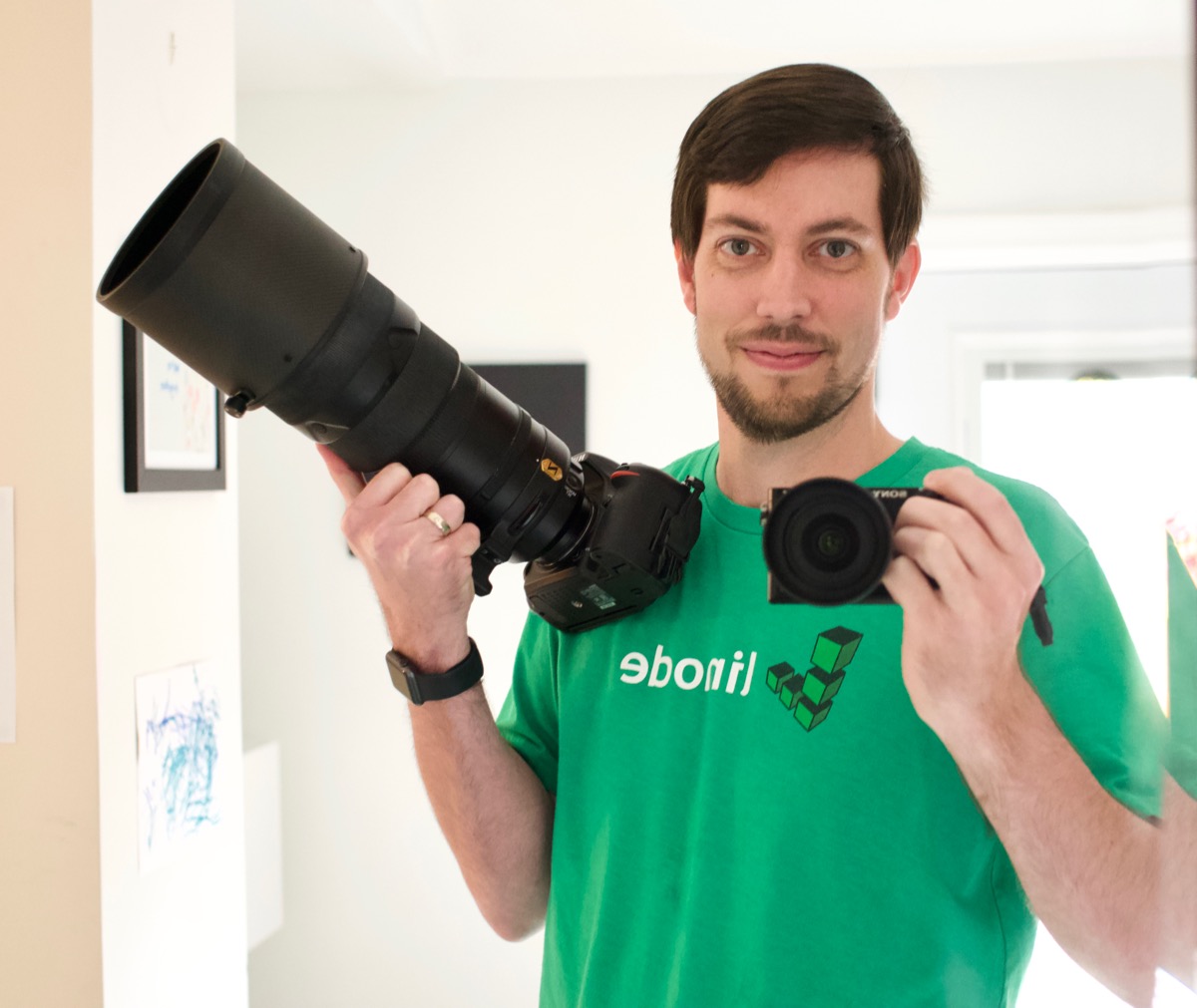
No, seriously, it's huge. Here it is next to my already-pretty-hefty Nikon 70-200mm f/2.8 VR lens:
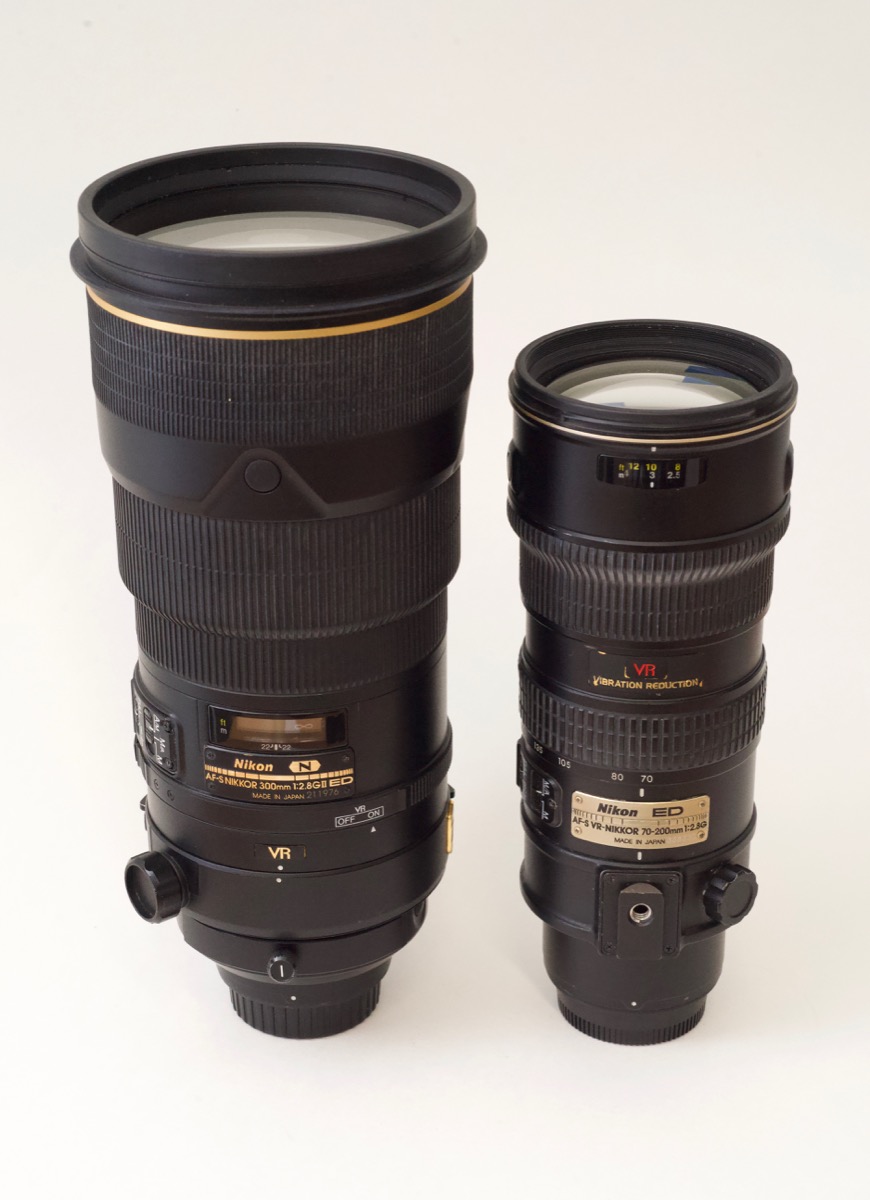
Next to the 300mm f/2.8, the 70-200mm looks like it's on the Slim-Fast diet! I could fit my entire Sony a6000 camera and lens inside the barrel of the lens:
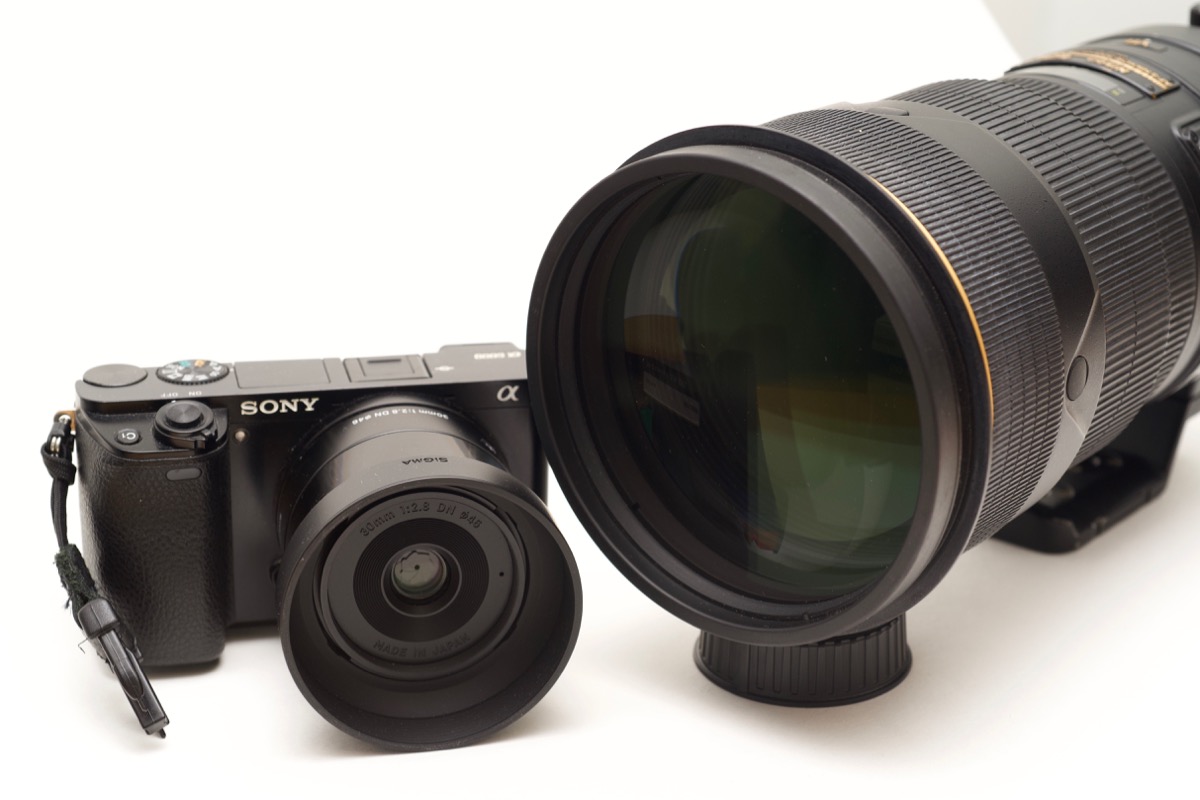
The 300mm lens' front lens glass is so large, you don't install filters on the front—there's a drop-in filter holder in the rear:
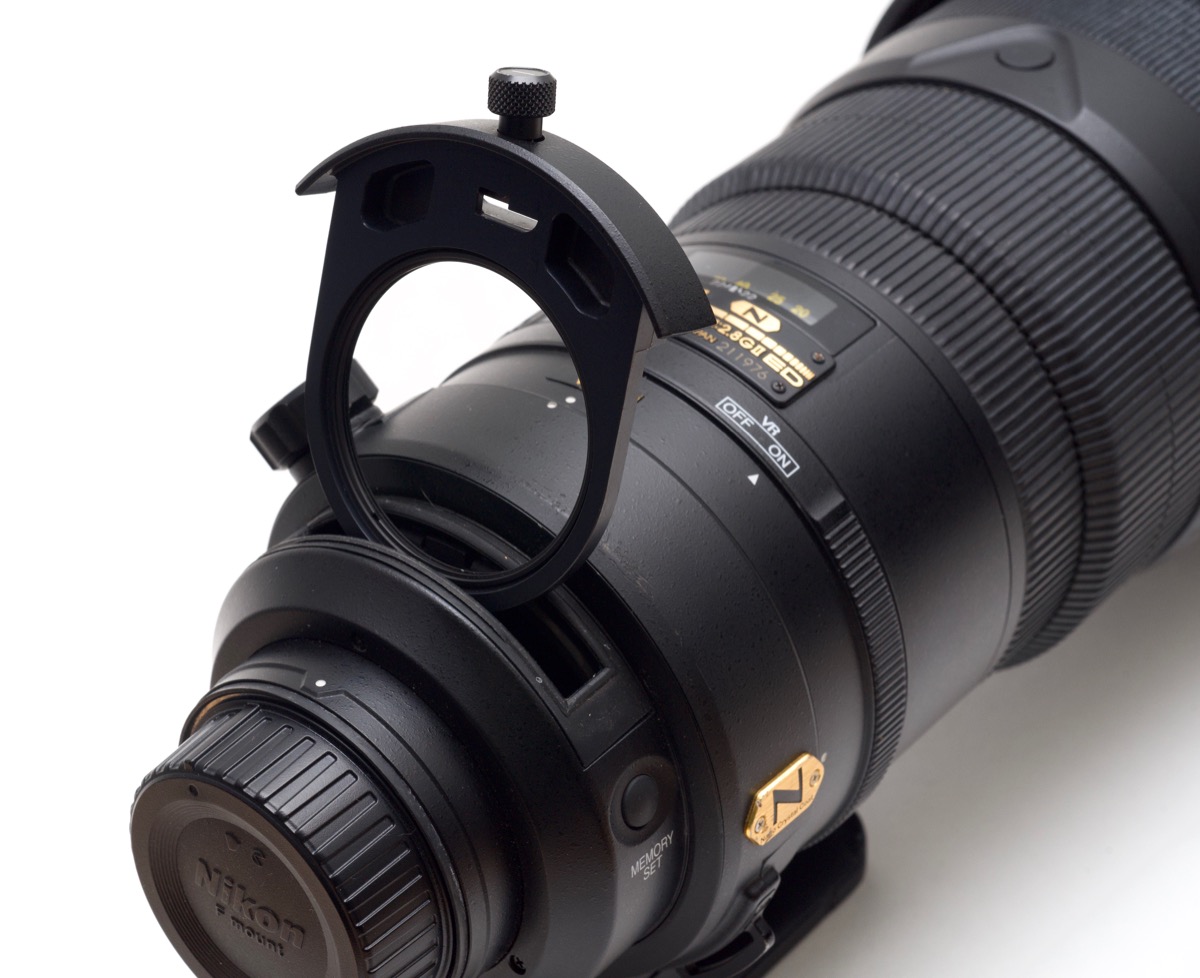
It's not too much longer than the 70-200mm f/2.8. But it is very much girthier (is that even a word?). The glass inside this lens is heavy, and it shows in the resulting weight: 6.39 lbs vs the 70-200's 3.24 lbs. Hand hold the 70-200 for a few hours? Sure! Hand hold the 300mm for a few hours? I hope you've been working out for the past year!
Using the 300mm f/2.8
This is not the kind of lens you casually carry around with you. Many shoulder and neck strap systems would simply break if you hung this lens and a D5 or D850-class camera with battery grip on it. This lens screams for a tripod or monopod—just make sure your support can hold 10+ lbs, or you might be needing a new tripod—and have a broken $6000 lens!
The lens has VR, which may be nice for certain situations (landscapes, nature, some indoor or low-light situations), but VR is typically useless in action sports. You want shutter speeds of 1/500 or better—for soccer I aim for 1/800 or 1/1000 if possible—and VR just doesn't do anything at shutter speeds that fast. The VR seemed to work okay in my very limited indoor tests—I shot some portraits up-close face shots of my kids in my house, in available light at ISO 3200 and shutter speeds around 1/100, and was able to get nice sharp eyelashes. But I didn't rent this lens for portraiture. My 70-200 is much more versatile, and my 85mm f/1.8 is even better for that.
The lens has a nice, big focus ring, which is hard to miss, and it balances fairly well either handheld (holding the tripod foot or the body of the lens in that area) or on a monopod. It is not quite long enough (like a 400mm+ lens) to comfortably hold over your shoulder with a monopod, but it isn't too clumsy to do that when switching to a second camera.
Focus acquisition
Oh. My. Gosh. I have used many of Nikon's shorter f/2.8 and f/1.8 lenses, and some of the f/4 lenses (including the tiny brother to the 300mm f/2.8, the 300mm f/4 PF. The Nikon 70-200mm f/2.8 was my gold standard for focus acquisition—and it's plenty fast. But the 300mm f/2.8 is in a different league entirely.
With the D500's excellent focus system, 3D focus tracking, and the 70-200mm f/2.8, I was able to get a keeper rate of maybe 85%. With the slightly-older D750 focus system and the 300mm f/2.8, I had about a 98% keeper rate. This thing is built for action sports. And it's immediately apparent when you focus rack (point the camera at a blank wall and try to lock focus—the lens will go to infinity and back as fast as it can)—the thing is almost instant in every situation.
The only time I had trouble acquiring tack sharp focus with my D750 was when the subject was within 20-30' of my position. Anywhere else, it was easy-peasy—just track the action under my selected focus point, start focus acquisition, and start gunning whenever—the 300mm f/2.8 kept focus, and teamed up very well with the 3D focus tracking on my D750!
Look at the sharpness (and the very decent bokeh from some passing car taillights on the highway behind the field) apparent in one of the photos:
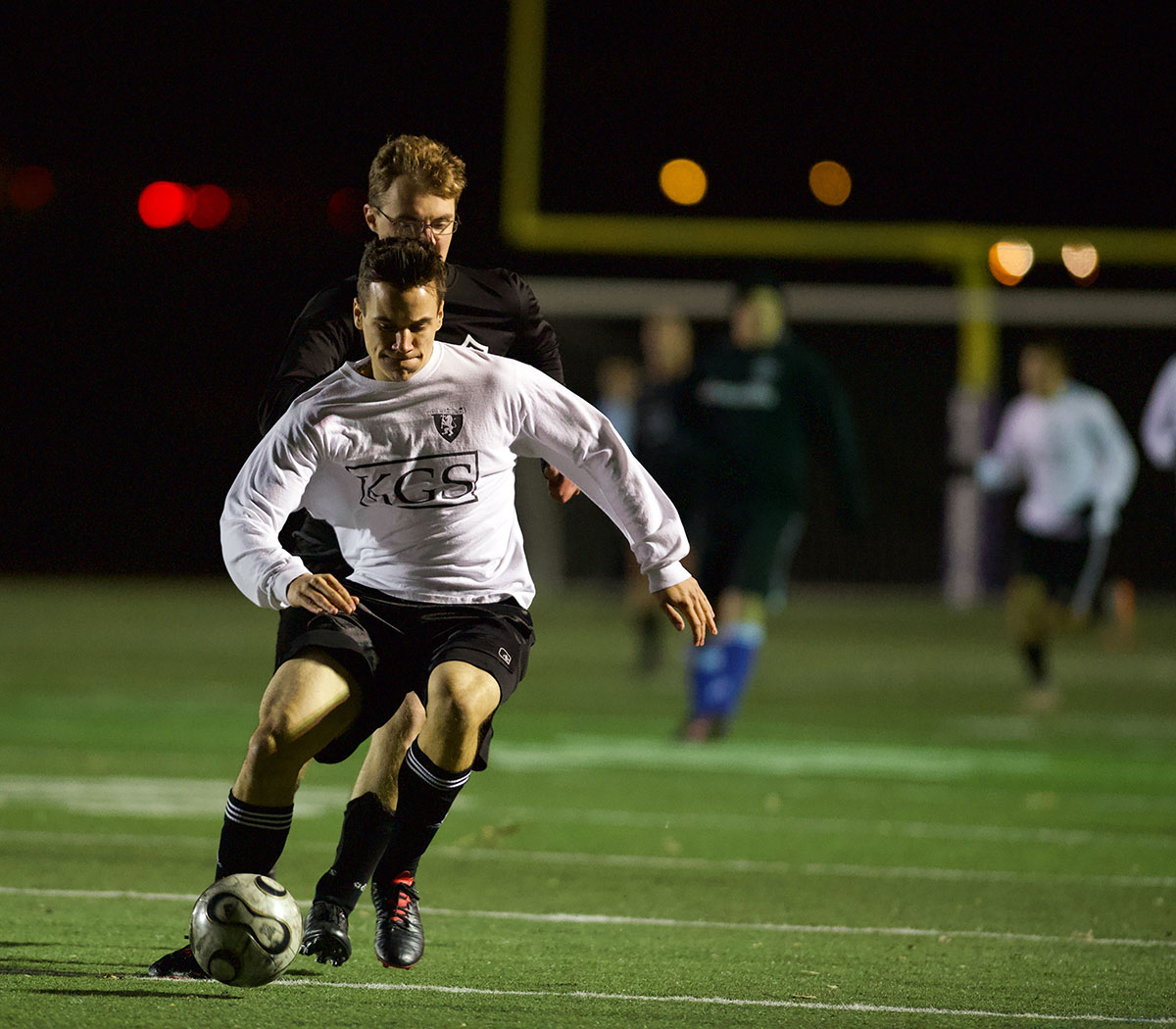
Zoom into 100%, and the picture is still brilliant, even in terrible lighting at ISO 6400! This is not just because of the camera sensor. Even my favored 70-200mm lens can't resolve with this kind of detail:
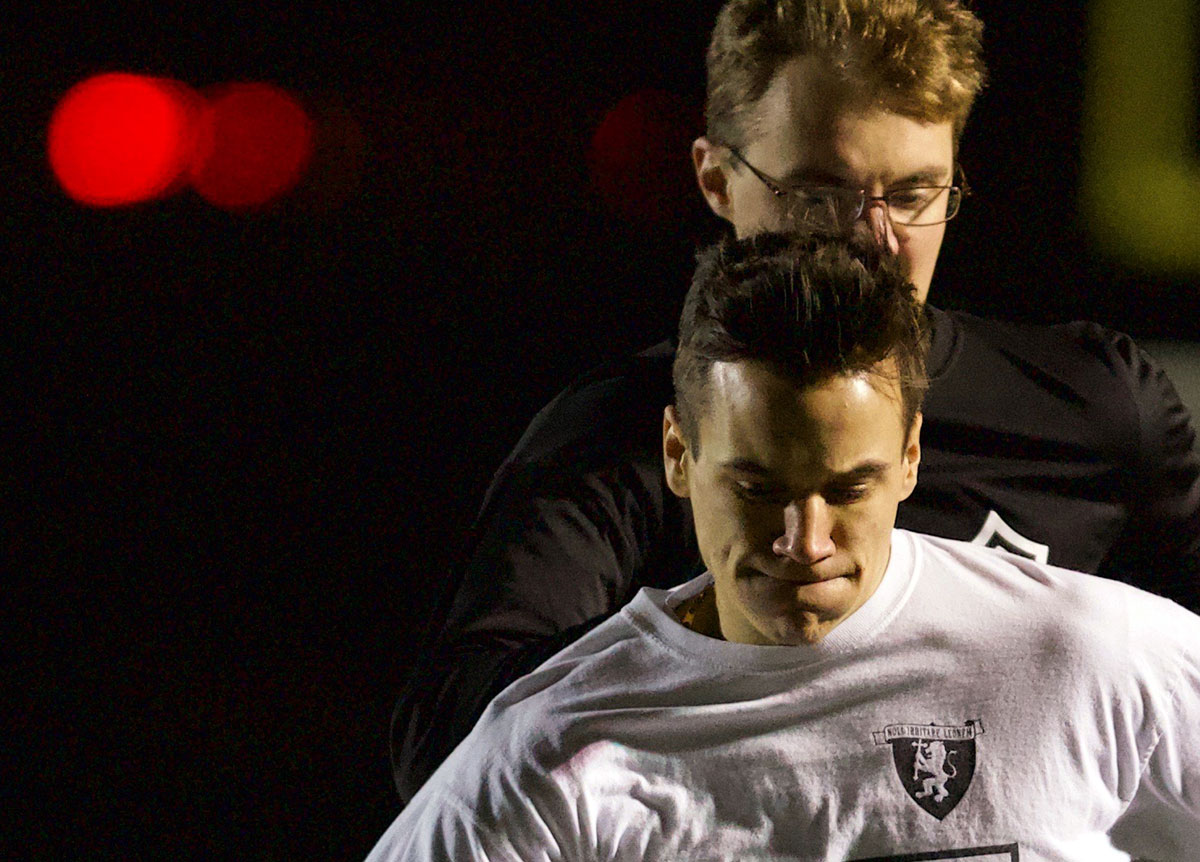
Zoom in a little further still, and you can just barely make out Noli irritare leonem, the motto of the KGS team! This lens is sharp, sharp, sharp. And on top of that, the focus motor is lightning quick. Pair that with 3D focus tracking on a modern Nikon DSLR, and the overall lens build quality, and it's no wonder every sports pro has one of these, or it's bigger 400mm brother.
Shooting a soccer (football) match at night
This is my second year taking photos at this game. The sun is completely set (the game starts a couple hours after sunset, so the sky's pitch black), and the field lights are... not great. Whatever design they used, one half of the field seems to have brighter, muddy-whiteish lights, and the other half has amber-hued dimmer lights which also seem to have a dim/bright cycle that makes shadow detail get completely lost at times—even with the D750's excellent dynamic range at high ISOs.
If it were a day game, I probably wouldn't even bring the 300 2.8, because my 70-300 f5.6 is adequate in most other regards (at least for the focal length). But every photon counts when you shoot action under low lights. This means:
- Using a camera with great high ISO sensitivity
- Using a lens with the widest aperture possible
- Pushing ISO as high as you're comfortable to get higher shutter speeds
I shot this year's game in manual mode, with the aperture locked at f/2.8, ISO at 6400, and shutter speed at 1/800. I could've pushed a little harder for 1/1000, but a tiny bit of blur on a boot or the ball isn't that bad in my book—shows some of the motion of the game.
In terms of my setup:
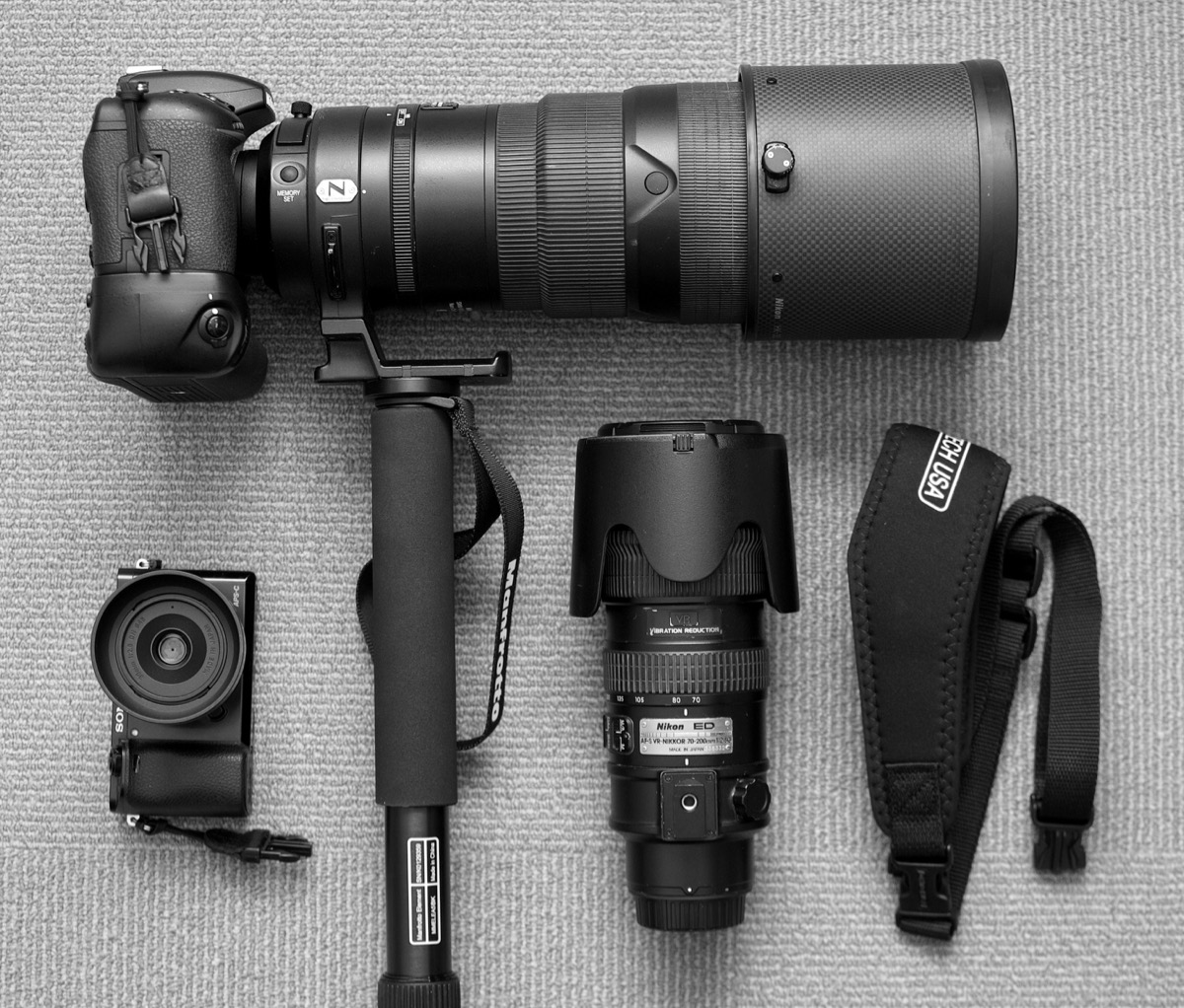
I had the D750 with a vertical battery grip attached to the 300mm f/2.8, which was mounted on my Manfrotto monopod. I also had an OP/TECH shoulder sling (looove this thing) on which I hung either my second body (a Sony a6000 with 30mm f/2.8 lens) or the D750 with my 70-200mm f/2.8.
Second camera body
A second camera body is essential when shooting with a beefy prime like the 300mm or 400mm f/2.8. Any time the action gets within 10-20 yards, you'll want a little more headroom to be able to frame the shot better. Ideally, I'd have a second Nikon body with my 70-200mm attached. But I only have one D750. I have a really old D60, but it's old, has terrible high ISO performance, and isn't fast. I have a Sony a6000, so I thought I'd give it a shot at some action photography. The lesson I learned:
Don't use current or recent-gen mirrorless APS-C cameras for secondary bodies for sports.
Why? Because you can't rely on picking up the camera quickly, pressing the shutter, and taking a picture. Sometimes the a6000 decides it wants to conserve battery, or the sensor gets too hot. So I drop my 300mm 2.8 to my shoulder, pull up the a6000, get ready for the shot, and... nothing. A few times during the game it took 5+ seconds before the a6000 woke up enough to finally take a picture, so I decided to stop using it for the 2nd half. It was still useful for some environmental pictures, and group shots, but I kind of regretted not having the D60—at least it's ready to take a shot within 1/5 of a second at any given moment!
If I did have a D750, D610, D850, or some other newer camera body (heck, even a recent DX body would've been fine), I would've been much happier dropping to the 70-200 for closer action. And I wouldn't have missed the only goal—a header from a cross that was about 20' from me... sigh. Anyways, learn from me: make sure your secondary camera body is fast and able to keep up with the action!
Shooting the action
During the whole game, I had both eyes open, usually with one in the viewfinder—but sometimes slightly above the plane of the camera when tracking distant action. If you know the sport well (I played soccer for many years, and enjoy watching MLS, Bundesliga, Premier League, etc. games), it's easy to know when there's going to be a breakaway opportunity, or a desperate attempt to strike the ball away on defense. These kinds of moments are when you get money shots—and while I didn't get too many this game, I did get a few:
Also, don't make the mistake I sometimes make of being too involved in the game to remember to take pictures! Last year I missed a few great reaction pictures because I started cheering instead of pressing the shutter button. If you keep your cool, sometimes the most entertaining shots are those which happen after the immediate play:
The dejection on the white team's faces tells a story of disappointment at a missed opportunity towards the end of the game. If I decided to do anything besides keep clicking away in that moment, I would've missed this reaction.
Also, while you're taking some standard shots like a group photo or a picture of the winning team, switch up cameras and pull out the long lens sometimes; you can get more excitement in these situations when you're shooting more candid, less posed, shots:
Conclusion
So, do I recommend every soccer-loving parent go buy a 300mm f/2.8 lens to photograph their children's night games? No. Though I am now trying to find ways to justify it to my better half.
But if you are paid to take pictures at an event like a night soccer or football match, or if you do so regularly and hate that your photos are often out of focus and/or blurred due to slow shutter speeds, this lens (or the 400mm version) is the lens to buy—or rent, like I did!
If you want to buy a copy, the Nikon 300mm f/2.8 is just under $6000 on Amazon. If you want to rent one, and live in St. Louis, check out Schiller's Camera. If you live elsewhere, check out Borrow Lenses or LensRentals... or any of the other online rental shops.
If you've never shot with one of Nikon's exotic f/2.8 prime lenses, and you have the opportunity to do so, do it. It's fun!
You can view all my photos taken at the soccer match on Flickr: Souls and Goals 2018.

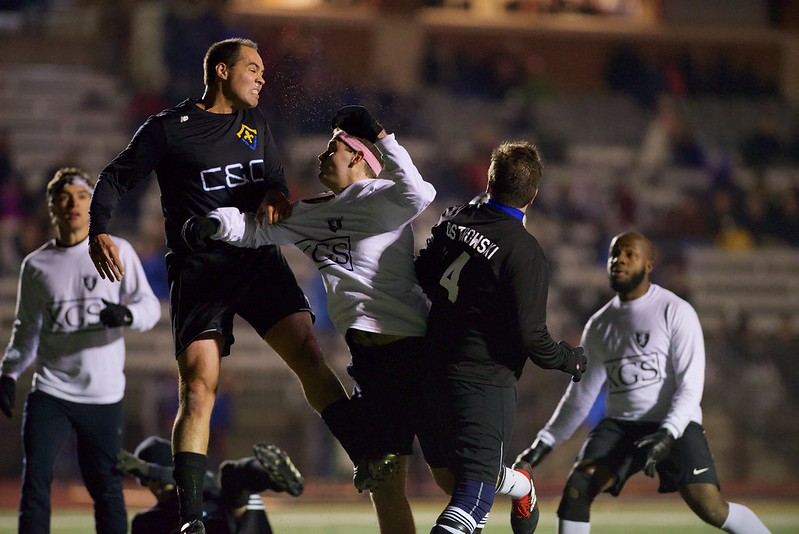
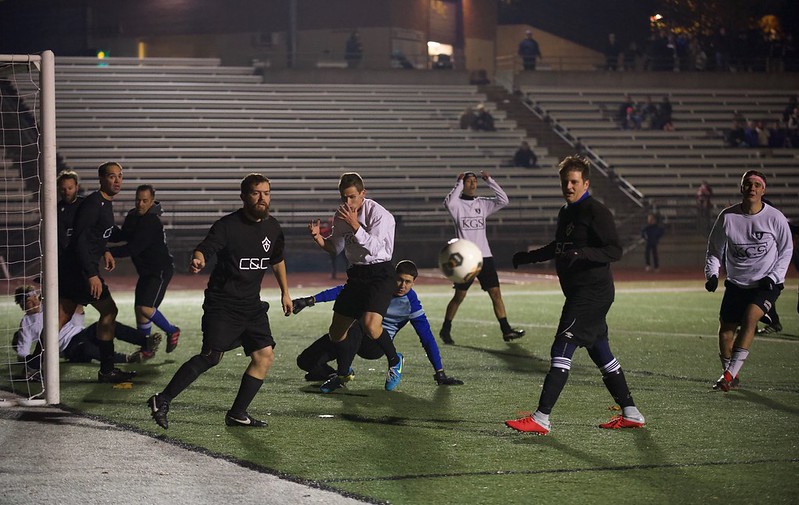
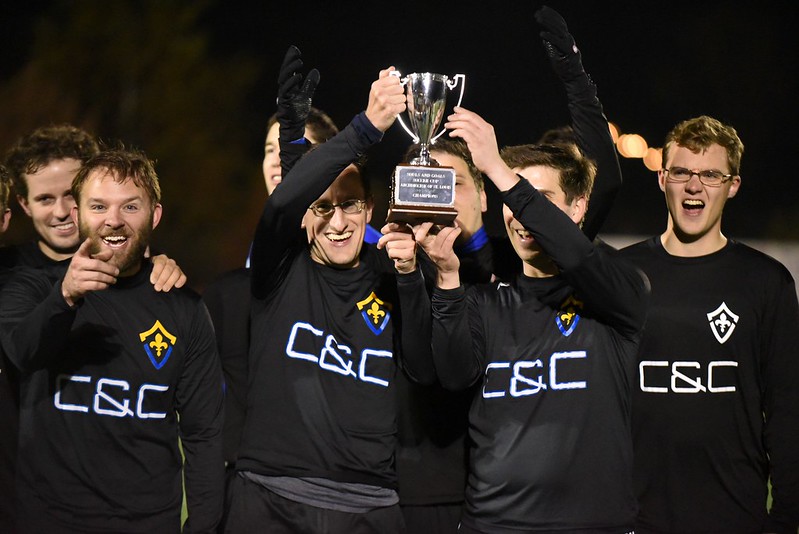
Comments
I don't think you know what "penultimate" means.
Presuming the D6 will be the last professional DSLR (not an invalid assumption) manufactured... I do think it's an appropriate use of the term ;)
Great review. Just headed to state high school championship in Nov in the dark. Will be taking a D5 with 300 f2.8 and D850 with 70-200 f2.8
Can't think of a better combo! Sometimes I was wishing for the 400mm 2.8 instead, but it would've cost 3x as much to rent, so I stick with a little more cropping on the 300mm :)
Great little review, very spot on you can not beat a big prime for sport and quality, I'm very lucky to own a big 400mm :)
I was actually looking for a 200-400 tonight purely for gymnastic work. What was I thinking it has to be a 300 all the way.
Great review, just curious, were these straight out of camera, did you do anything in L/R or P/S? I just bought a 2.8 70 - 200, would love to get the 300, but its quite pricey...thanks
Most are SooC, but I sometimes tweaked the exposure (usually within +/- 1 EV, and every now and then boosting shadows a slight bit).
And yeah, the 300 2.8 is pricey; so far since I only use it once or twice a year and the local camera shop rents it, I just rent. No way I could justify having that lens unless I shot sports weekly!
Interesting that your money shots don’t include a ball. I love the action in shots like these but am always told that “no ball = no shot”. Which equals no money! Nice review, thank you for taking the time to share your experience. I shoot with a D800 and Nikon 300mm f/2.8 and a D600 with 80-200 f/2.8. Hoping to get the D500 soon and let the D800 live in the studio again.